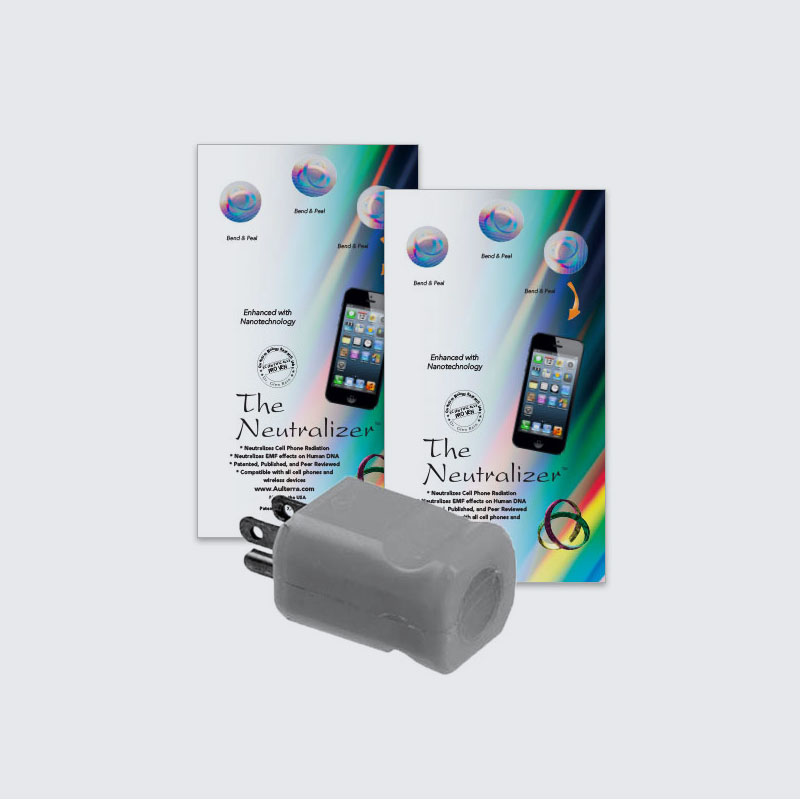If you reside in an apartment or house or just want to keep your home free of electromagnetic fields, there are a number of ways you can reduce exposure. One of the easiest is to limit the usage of your electronic devices. It is also possible to use EMF blocker paint to block EMF radiation from entering your house. Another method to protect your house from EMF radiation is to put up an RF shielding cover. It is a type made of net which contains EMF shielding. emf blocker 's used to stop EMFs from entering a room. Homepage is to get your home equipped with an enclosure that is conductive. These enclosures are known as Faraday cages.
Several studies have shown that the non-ionizing RF EMF can cause anti-proliferative effects on HCC cells. The mechanism behind AM RF EMF's anticancer activity in vitro is thought to be based on the downregulation of cancer stem cells. This may account for the long-term effects observed in patients with advanced HCC. However, the reason behind AM RF EMF's effect in patients with cancer is not clear.
Aspects on the effects of AM RF EMFs on HCC tumour growth in vivo were examined in mice. The tumours were separated into three groups. The first group was not exposed RF EMF. Another group of participants was subjected to RF EMF at the same frequency to that of humans. Third group members were exposed RF EMF with HCC-specific modulation frequencies. The effects of HCCMF on the tumours was compared to that of RCF. The results showed that the tumours treated with HCCMF had significant shrinkage. However, the tumors treated with RCF showed no evidence of shrinkage of the tumor.
The mechanism of cancer-specific AM RF EMF may be due to the fact that tumour cells require Cav3*2 voltage calcium channels for proliferation and down-regulation. AM RF EMF's ability to inhibit proliferation in HCC cells is controlled by CACNA1H, a protein that regulates the Ca2+ influx specific to tumors. The findings suggest that CACNA1H could have more broader implications in the treatment and diagnosis of various cancers.

The tumours of the controls were never exposed to RF EMF, and were fed a normal mouse diet. The tumours in the HCCMF group were injected with Huh7 cells after they were between five and seven weeks old. The tumors were removed after they had a high burden.
The tumors of the three groups showed distinct growth curves. emf blocking -treated tumors showed a significant decrease in the size of the tumour after eight weeks. However, tumors treated with RCF didn't show signs of shrinkage. The difference was highly significant. The tumors treated by RCF showed necrosis that is common in tumors that have been exposed to RCF. There is a possibility that the necrosis was due to an absence of oxygen in the more invasive cancers.
In sum, the results indicate the fact that AM EMF exhibits anti-cancer properties in vitro as well as in vivo. Several studies have shown that AM RF EMF produces measurable tumour shrinkage within HCC patients. There is a possibility that AM RF EMF triggers these effects due to CACNA1H, a protein that is involved in tissue-specific Ca2+ influx. Additionally, AM RF EMF may exert a sustained effect on the development of HCC tumors in vivo.
